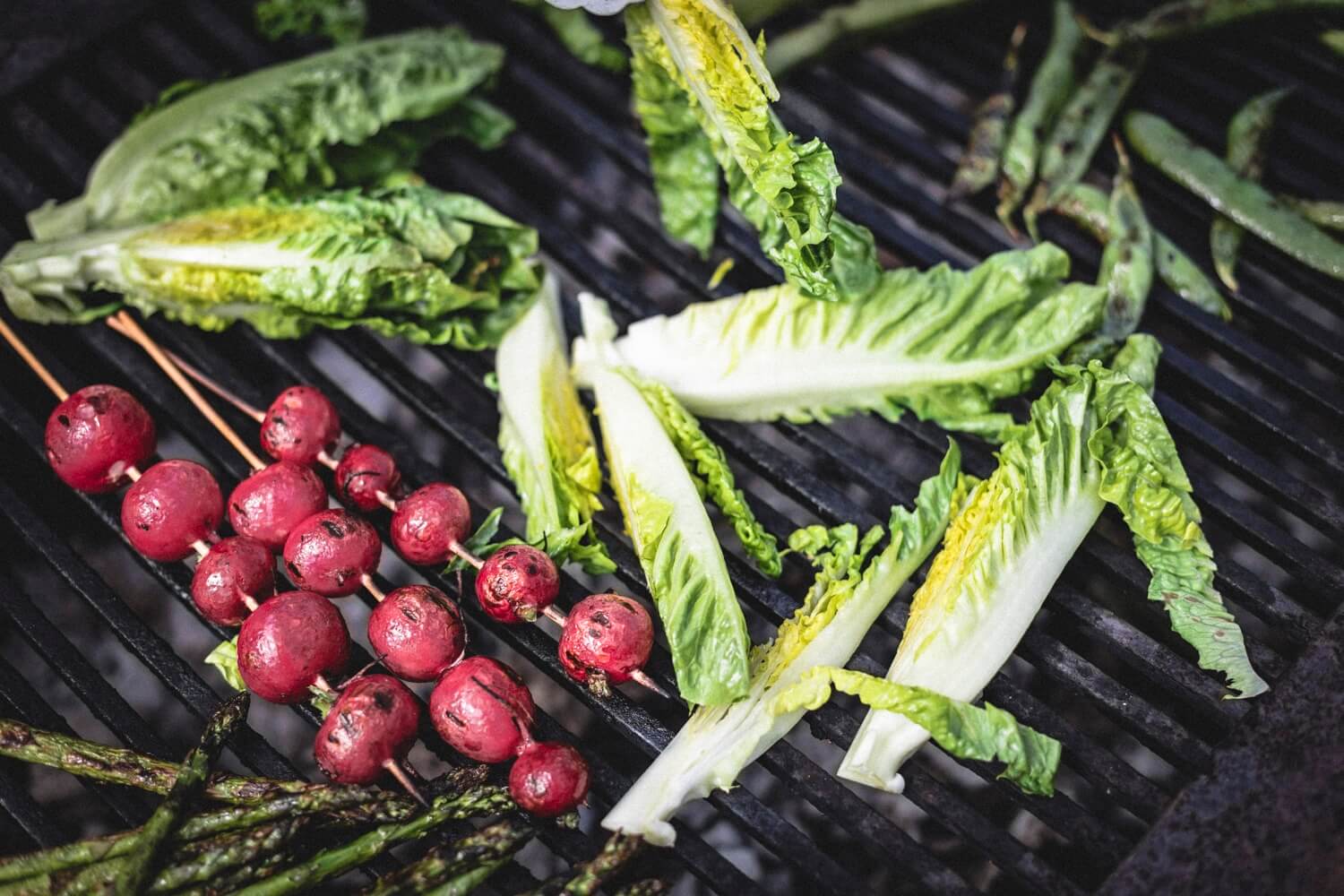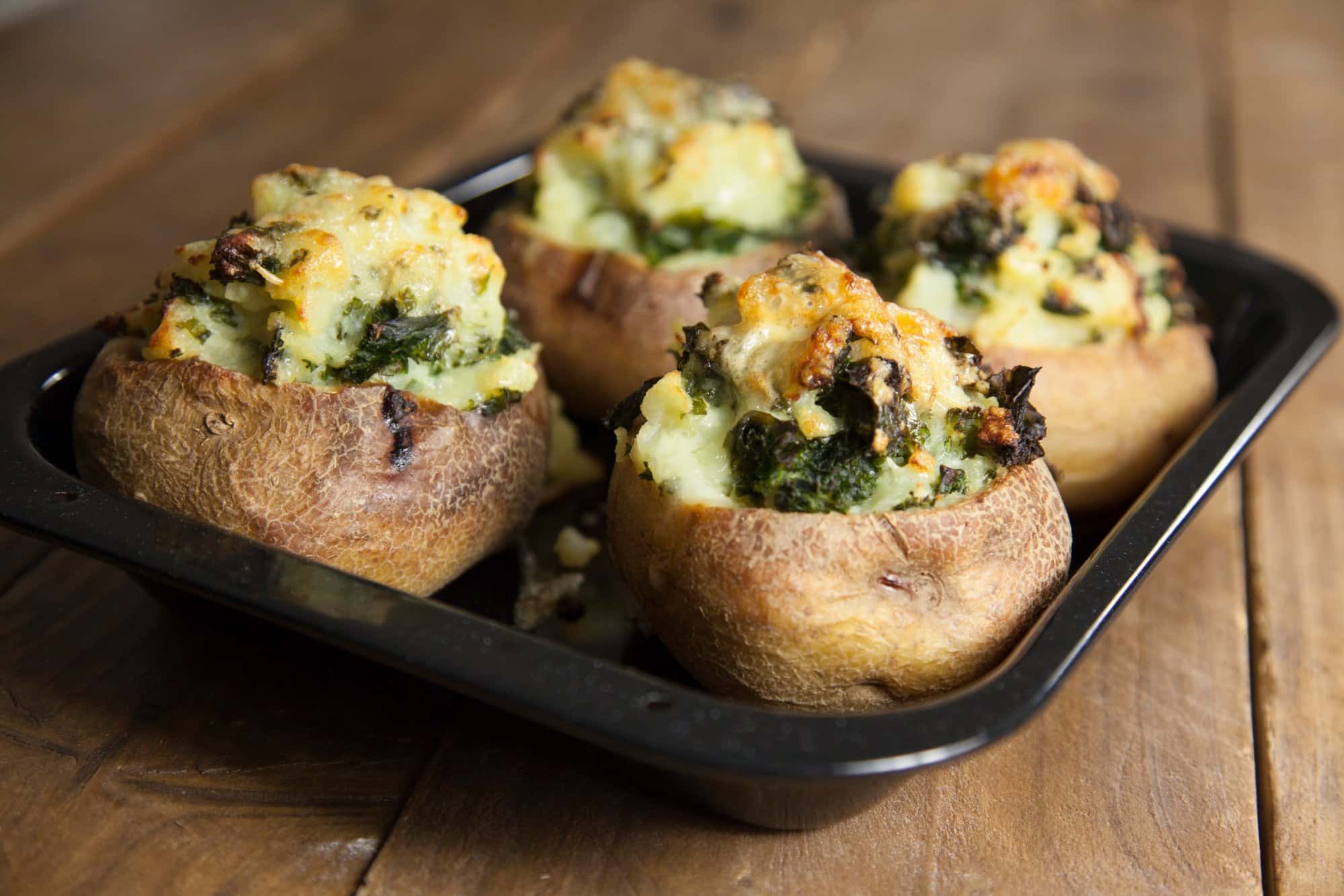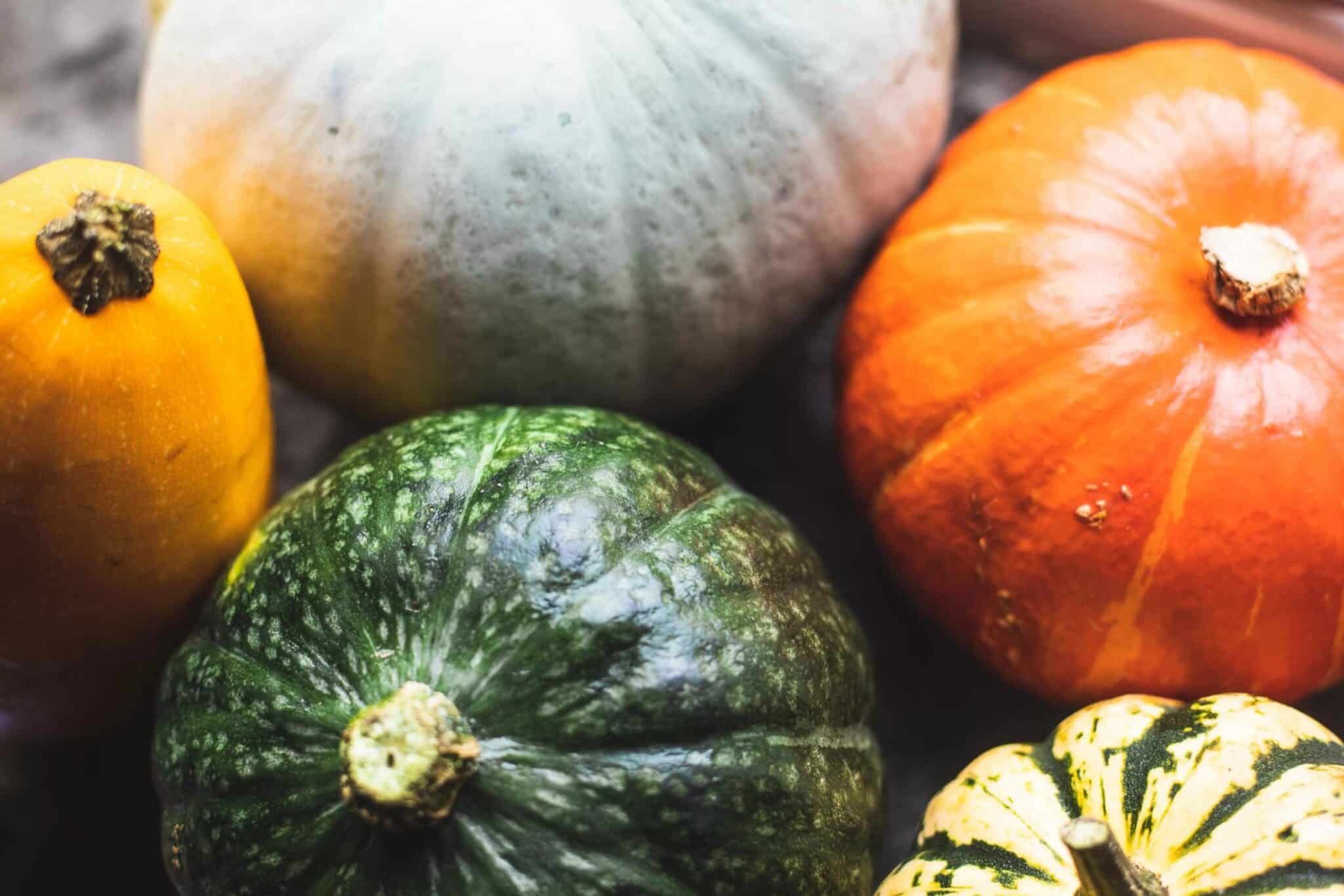Spring is the time of year when the first new-season crops are ready to harvest, while the first warm sunshine days are just around the corner. Combine the two with these top tips for barbecuing all your favourite Spring vegetables:
Asparagus
Trim away any tough, woody ends. Rub the spears with a little oil and season generously with salt and pepper. When your BBQ has settled to hot glowing embers, place the spears on the griddle bars in a regimented row. Cook for 4-6 mins, rolling occasionally for an even cook, until nicely marked and cooked through. Finish with a small squeeze of lemon juice and serve immediately.

Broad beans
Make sure your BBQ is on a medium/high heat – no flames or fireworks, just steady glowing embers. Rub the pods lightly with oil and throw them straight onto the bars. Cook for 2-3 mins, until marked and starting to blister. Flip them over and cook for a further 2-3 mins. Transfer to a bowl and toss with olive oil, sea salt and black pepper. Serve in an unruly pile with lemon wedges on the side for squeezing. When cool enough to handle, slip the beans from their pods and scoff them. An ideal snack with a cold beer.

Garden peas
These work on the same principle as barbequing broad beans: the pods provide a sacrificial vessel in which the peas can steam and cook. Bit of a faff, but worth it if you have access to fresh pods. Cook them for 2-3 mins, until marked and starting to blister. Flip and cook for a further 2-3 mins. When cool enough to handle, pop open the pods and thumb out the peas. You can add them to salads and side dishes.

Little gem lettuce
Lettuce on a BBQ? Sounds like madness, but Little Gems are tightly packed and robust. They won’t wilt or collapse as fast as a soft-leaved lettuce, meaning you can lightly char them whilst retaining their distinctive crisp succulence. Cut them into wedges, 6-8 per head is about right, keeping the root end attached to hold everything together. Brush them with oil and season with salt and pepper. Cook over medium-high heat for about 2-3 mins a side, until lightly marked and half wilted.
Radishes
Radishes are almost always served raw, but we often roast, braise or BBQ them on the farm when we have a glut. The heat softens the hot peppery notes, but take care to avoid overcooking; their slight bite is part of the charm. Cooking them on skewers makes them easier to turn, and stops the smaller specimens from disappearing between the bars. Keep the small ones whole, but cut any large ones in half. Baste them with olive oil and season liberally with salt and pepper. Place them directly on the bars. 5-6 mins should be enough, turning often until lightly coloured and starting to soften. Eat straight from the skewer or slide them off and slice straight into a salad or side.

Spring onions
The Spanish have a tradition of cooking young onions over open fires – they eat them whole, dragged through a red pepper sauce and accompanied by free-flowing red wine. You need to do nothing more than lightly brush them with oil and season with salt and pepper. Throw them straight onto the bars; they’ll take anywhere between 5-8 mins to cook, depending on their size. Turn them often and don’t worry if they look too burnt on the outside; you can always discard the outer layer before serving. You know they are ready when they feel noticeably softer.
Strawberries
This seems like a crass way to treat such a delectable soft fruit, but it is all about the contrast of hot and cold, sharp and sweet. Keep the small ones whole, cut any large ones in half. Add them to a bowl with a little sugar and a dash of balsamic vinegar. Mix well and leave to macerate for 10 mins. Thread the strawberries onto skewers and place them directly on the BBQ bars. Griddle for about 2 mins, turning once, until lightly marked. They only want a quick flip-flop across the grill, enough to warm them and caramelize some of the sugar. If you leave them on there for too long, they turn to jam! Use your judgement, if they look like they are turning mushy get them off the heat.

Read our top tips for building and cooking over the perfect open fire.









0 Comments